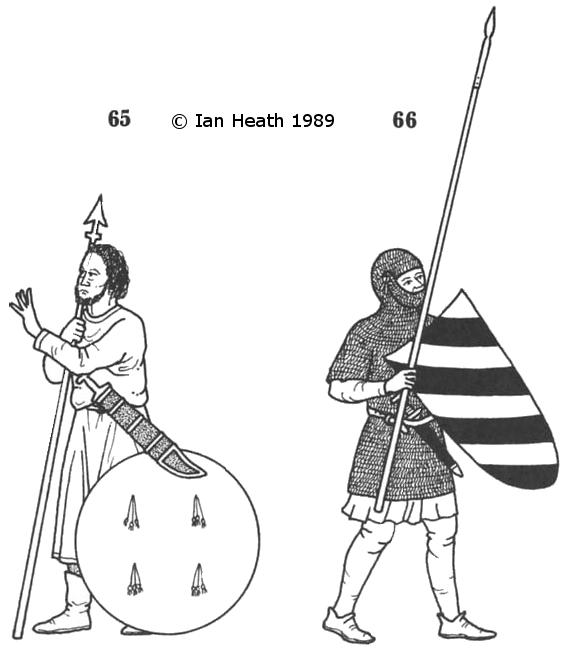
Register a SNAP EBT card with Amazon
SPANISH TOWN MILITIAMEN, 12th-13th CENTURIES
An extract from Armies of Feudal Europe 1066-1300by Ian Heath
 |
|
| [Based on A Fresco from the Church of San Baudelio de Berlanga, Soria] | [Based on Las Cantigas de Santa Maria] |
